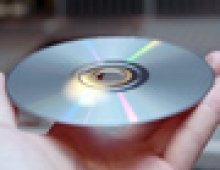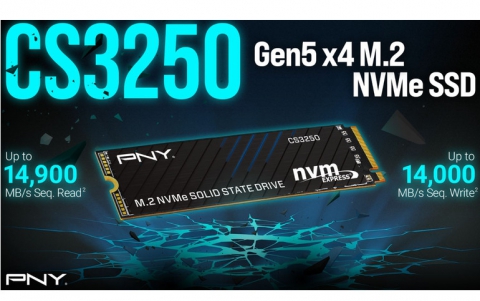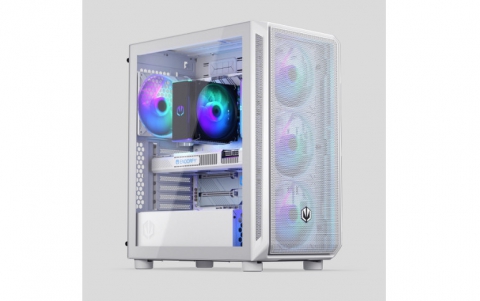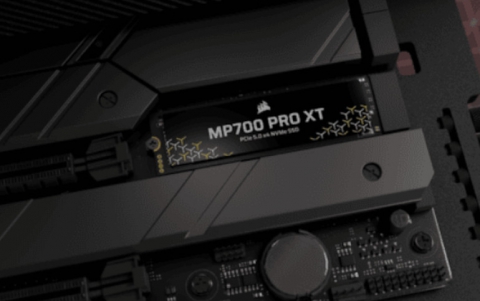
Scientists prove Atomic memory concept!
University of Wisconsin scientists have proven that atomic-scale memory is possible by using silicon atoms in place of the 1s and 0s of traditional computing. While the researchers are quick to point out that a practical application of the proof of concept is years away, their work is a first step toward developing storage density a million times greater than a CD-ROM -- today's conventional means of housing data.
The team created "an operating memory, which can be read, written and formatted," UW physics professor Franz Himpsel told NewsFactor. "It is not practical, mainly because the writing process is far too slow and unreliable. However, we can use it for testing the ultimate limits of data storage."
Based on Atoms
Physics icon Richard Feynman first suggested the atomic memory concept 40 years ago, describing it as a way to fit all of the written words in history on a cube measuring just one two-hundredths of an inch.
Himpsel explained how the concept works using silicon atoms: Silicon atoms that store bits of information sit on a well-defined grid, similar to eggs in a carton. If a silicon atom is on a grid point, it represents a 1. If there is no atom on the point, it represents a 0.
"At the beginning of a write process we fill all the grid points with silicon atoms from an evaporator," Himpsel said. "Then we remove the atoms from places where we want a zero by picking them up with the tip of a scanning tunneling microscope."
Large Limitations
The memory created by Himpsel and his colleagues, who reported the findings in the journal Nanotechnology, is in two dimensions rather than the three Feynman envisioned. Also, it is limited by the requirement for a scanning tunneling microscope and the need for a vacuum to create the memory.
"The memory is not practical and will not be for decades to come," Himpsel said. "This is too far ahead of today's devices." Still, the work proves the feasibility of atomic-scale memory and provides a platform for exploring the fundamental limits of data storage, according to the UW scientists.
Long-Term Memory
Himpsel said his team created the atomic memory by evaporating gold onto a silicon wafer, resulting in a precise track structure that could hold the silicon atoms. "In fact, that structure was known before, but nobody had thought of using it for a memory," Himpsel said.
Going forward, Himpsel said, the tradeoff between memory density and speed must be addressed. While the ability to read memory goes down as density increases, the use of parallelism and an array of multiple read heads may overcome that obstacle, he noted.
IBM Zurich is working on the fabrication of such an array with scanning probe heads, dubbed the Millipede.
Based on Atoms
Physics icon Richard Feynman first suggested the atomic memory concept 40 years ago, describing it as a way to fit all of the written words in history on a cube measuring just one two-hundredths of an inch.
Himpsel explained how the concept works using silicon atoms: Silicon atoms that store bits of information sit on a well-defined grid, similar to eggs in a carton. If a silicon atom is on a grid point, it represents a 1. If there is no atom on the point, it represents a 0.
"At the beginning of a write process we fill all the grid points with silicon atoms from an evaporator," Himpsel said. "Then we remove the atoms from places where we want a zero by picking them up with the tip of a scanning tunneling microscope."
Large Limitations
The memory created by Himpsel and his colleagues, who reported the findings in the journal Nanotechnology, is in two dimensions rather than the three Feynman envisioned. Also, it is limited by the requirement for a scanning tunneling microscope and the need for a vacuum to create the memory.
"The memory is not practical and will not be for decades to come," Himpsel said. "This is too far ahead of today's devices." Still, the work proves the feasibility of atomic-scale memory and provides a platform for exploring the fundamental limits of data storage, according to the UW scientists.
Long-Term Memory
Himpsel said his team created the atomic memory by evaporating gold onto a silicon wafer, resulting in a precise track structure that could hold the silicon atoms. "In fact, that structure was known before, but nobody had thought of using it for a memory," Himpsel said.
Going forward, Himpsel said, the tradeoff between memory density and speed must be addressed. While the ability to read memory goes down as density increases, the use of parallelism and an array of multiple read heads may overcome that obstacle, he noted.
IBM Zurich is working on the fabrication of such an array with scanning probe heads, dubbed the Millipede.




















